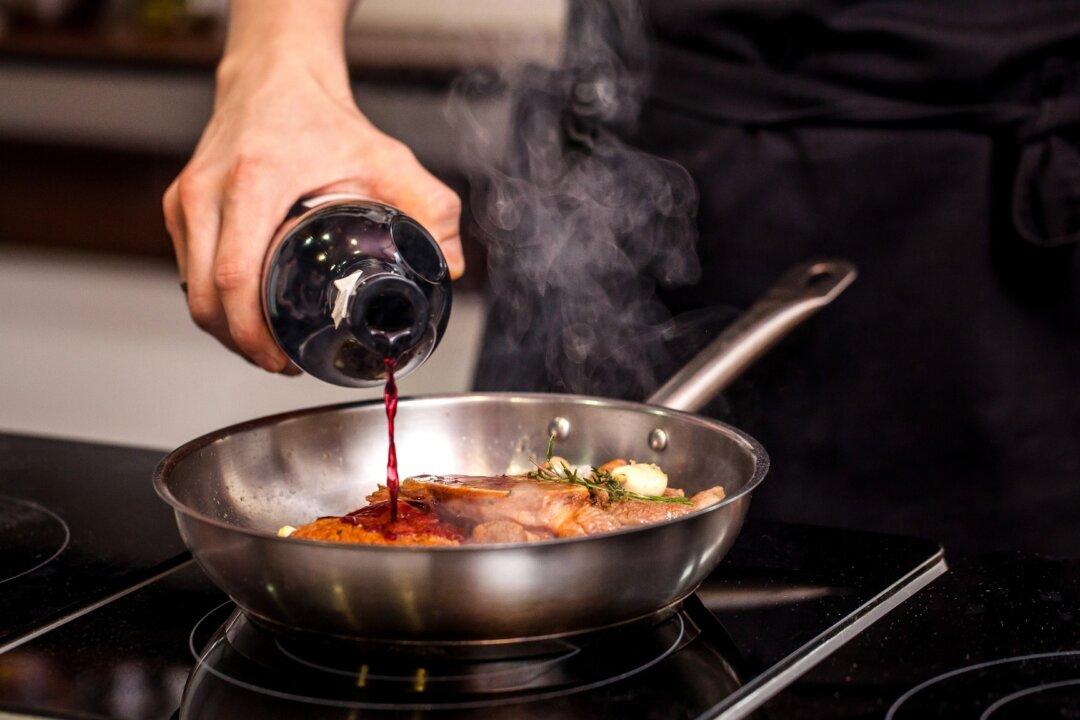I remember sitting at the counter in my grandfather’s linoleum and laminate kitchen, watching him cook. He would invariably reach for the “sauce,” always knowing, as if by instinct, when to add it. A little splash of bourbon this time, a little splash of beer the next, his pan would sizzle as the tidy kitchen took on a new aroma.
Sweet and mysterious, that whiff of enchantment would fill the air. My nose and curiosity would command me to scoot up on my stool for a better peek over the counter. What was this delicious spell that Granddaddy was concocting? And why did the magic always seem to happen when he released that liquid genie from the bottle?
